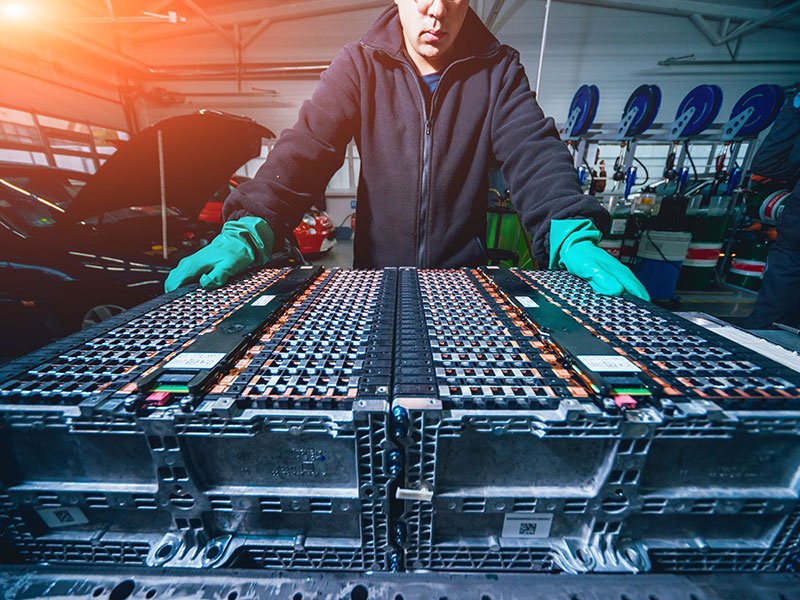The Commonwealth government has yet to produce modelling on the cost of developing a battery cell manufacturing industry in Australia, but remains committed to its election commitment to produce a national battery strategy.
The manager of the Battery Minerals Team at the Department of Industry, Science, and Resources Nicholas Claydon confirmed that cost modelling has not been undertaken.
“Having that domestic capacity will be able to spur investment in Australia in a potential battery supply chain, because we have that technical ability to do so. We haven’t undertaken modelling on the exact costs associated with doing that, but we know that the industry appreciates the stability of Australia in terms of that investment environment and that technical and resource capacity,” Mr Clayton said.
Mr Claydon was speaking at a public hearing as a part of the Senate’s inquiry into the electric car discount bill on Thursday. When asked about the battery manufacturing capability in Australia, Mr Claydon noted that Australia has the “technical know-how”.

He also referred to the Future Battery Industries Cooperative Research Centre’s (FBICRC) precursor cathode material plant established at Curtin University as an example of ongoing government and industry collaboration. This is the first production facility of its kind in Australia.
Mr Claydon also notes that there are currently three lithium hydroxide facilities in development in Australia. The chemical is used in the production of cathodes.
According to an industry report commissioned by the FBICRC in 2021, the establishment of battery cell manufacturing and battery pack assembly in Australia is a medium-term opportunity could be worth $1.4 billion by 2030. The value of battery mineral refining and active materials manufacturing could be worth $1.9 billion by 2030.
Acting general manager for National Reconstruction Fund priorities and supply chains at the Industry department William Tan said that Australia’s current specialisation in the battery value chain is around R&D and critical minerals.
“Australia obviously has considerable expertise in research and development, and we continue to innovate across clean energy products. I think our focus is on innovation and technological improvements, which over time we would expect would help us move further up the value chain,” Mr Tan said.
In his address to the National Press Club on Monday Prime Minister Anthony Albanese said that “getting on with it” is an important start to competing with other countries with battery manufacturing industry ambitions. He also accused the previous Coalition government of being a barrier to establishing green manufacturing industries.
When asked to confirm that the department currently lacks modelling on the associated costs of developing a battery industry in Australia, a spokesperson reiterated the government’s commitment to an Australian Made Battery Plan.
This includes the establishment of an Australian Made Battery Precinct in partnership with the Queensland government, which would include “$100 million to kickstart Australia’s battery manufacturing industry”. The government will also develop a National Battery Strategy.
“The strategy will consider a range of issues and information sources to inform how governments and industry can build scale and competitiveness along the battery value chain,” the spokesperson said.
“Further, the strategy will consider how to attract and shape investment in an Australian battery industry, and address policy and market barriers to seizing battery manufacturing opportunities for Australia.”
There is also $1 billion that will be dedicated to a value-adding resources fund through the National Reconstruction Fund, which will be administered by an independent board. Legislation on this is expected to be tabled by the end of the year.
Resources Technology and Critical Minerals Processing was one of the six national manufacturing priorities under the Coalition’s Modern Manufacturing Strategy, which included the $1.3 billion modern manufacturing initiative grants program.
In the Coalition government’s last Low Emissions Technology Statement released in 2021, the “cost of electricity from storage for lithium-ion batteries is expected to decline from $170 per MWh in 2021 to below $100 per MWh over an eight-hour duration as early as 2025”. However, the modelling considered that “the cost of battery cells is mainly driven by overseas developments”.







